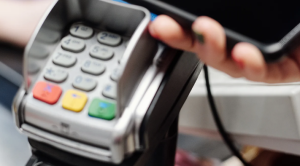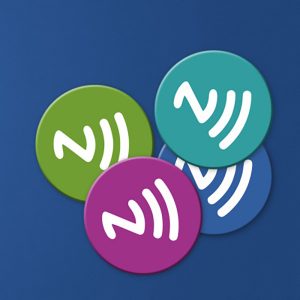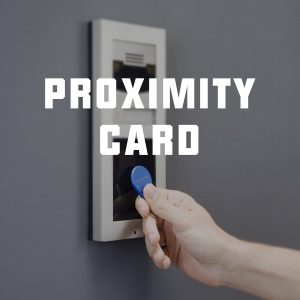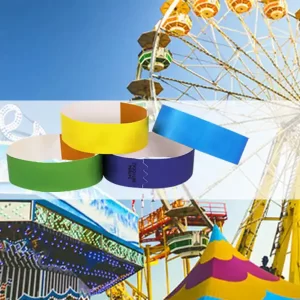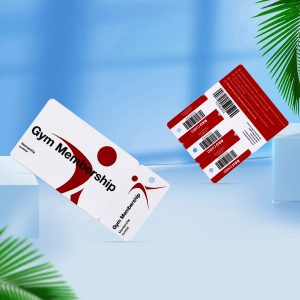RFID tags are diverse. And each kind of label has its own different characteristics and application scenarios. You must know the different types of RFID tags so that you can know how to choose them. We have classified RFID tags according to the power supply, different frequencies, and packaging forms. That you can quickly learn about different types of RFID tags.
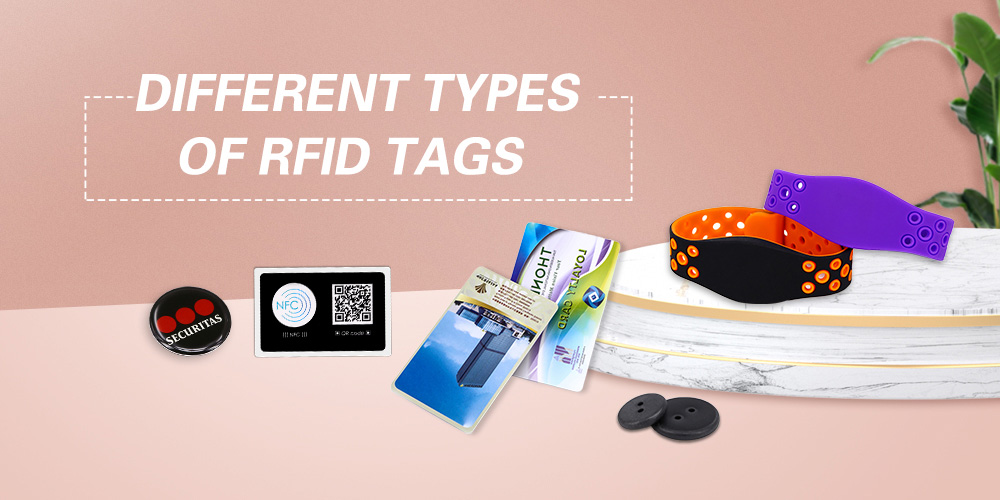
According to Battery Power Supply: Three Types
1、Active RFID Tags
Active RFID tags are powered by built-in batteries. And different tags use different numbers and shapes of batteries.
- Advantages: Long reading distance, up to tens of meters, or even hundreds of meters.
- Disadvantages: Large volume, high cost, the service time is limited by battery life, and difficult to make a thin card.
- Applications: Industry, Logistics, Real-time traffic management, Electronic wireless communication, Vehicle access control, etc.
2、Passive RFID Tags
The passive RFID tag does not contain a battery. And its power is obtained from the RFID reader. When it is close to the RFID reader, its antennas convert the received electromagnetic wave energy into electrical energy. That will activate the chip in the RFID tag, and send the data in the RFID chip.
- Advantages: Small size, lightweight, low cost, long life up to more than 10 years, maintenance-free, diverse shapes, many applications available.
- Disadvantages:Because there is no internal power source, the reading distance is limited. Generally, RFID readers with large power are required.
- Applications:Security traceability, asset management, book management, file management, logistics supply chain management, etc.
3、Semi-passive Tags
Semi-passive RFID tags integrate the advantages of active RFID tags and passive RFID tags as a special indicator. In normal times, it does not work in the dormant state and does not send RFID signals to the outside world. It begins to work only when it enters the activation signal range of the low-frequency activator and the label is activated.
- Advantages:Compared with passive tags, semi-passive tags have faster response speed and better efficiency. Compared with active tags, semi-active tags consume less power.
- Disadvantages:Large size and high cost
- Applications:Access control management, accurate personnel positioning, object positioning, regional positioning, parking management, etc.
According to the Working Frequency: Four Types
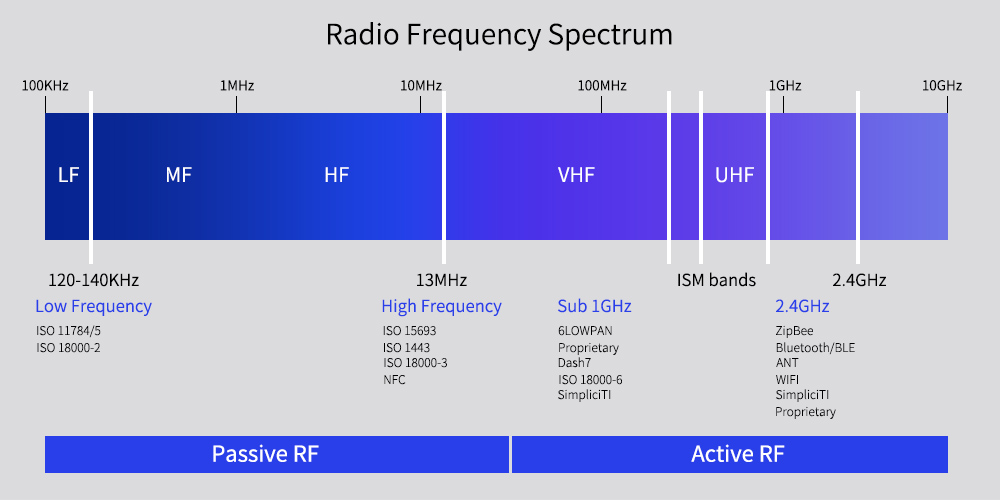
1、125 kHz LF RFID Tags
The low-frequency tags often operate at 125 kHz~134.2 kHz. Low-frequency tags are generally the above passive tags. By inductive coupling, the working energy of the tags is obtained from the reader. The read-write distance is short, generally within 10cm, less than 1 meter.
FEATURES:
- Energy-saving, strong penetrating ability, little external interference;
- Slow data transmission speed, poor flexibility;
- It is not easy to be recognized, so only one to one electronic tag can be read in a short time;
- Only suitable for low speed and close range recognition applications.
APPLICATIONS:
It is suitable for applications with a short distance, low transmission rate, and a small amount of data. For example, access control, attendance, electronic billing, electronic wallet, and so on.
The LF tag works at a low frequency and can penetrate water, organic tissue, and wood. And its appearance can be made into ear nail type, collar type, pill type, or injection type. That is suitable for the identification of cattle, pigs, pigeons, and other animals.
2、13.56 MHz HF RFID Tags
The common working frequency of the high-frequency tag is 13.56MHz. Like the low-frequency tag, it is also a passive tag. The read-write distance of HF tags is less than 1 meter.
FEATURES:
It is divided into ISO 14443A/B, ISO 15693 Protocol. ISO 14443A/B is the electromagnetic induction near-field coupling principle. The reading distance is close, but there are many encryption protocols. They are mainly used for identification.
ISO 15693 Protocol is the electromagnetic induction near-far field coupling principle. The distance is relatively far, mainly by metal interference.
APPLICATIONS:
- Anti-counterfeiting traceability
- Electronic identification
- Electronic tickets
- Campus cards
- Access control system identity cards
- Bank cards
- Credit cards
- Smart Passport
- Other applications
3、860~960 MHz UHF RFID Tags
The working frequency of the UHF tag is 860~960MHz. The standard used in different countries is different. The UHF specified by the EU is 865MHz~868MHz. The United States is 902MHz, India is 865MHz 967MHz, Australia is 920MHz, Japan is 952MHz.
FEATURES:
UHF tags have the advantages of long reading distance, fast transmission data. And the disadvantages are energy consumption, weak penetration, and vulnerable to interference.
APPLICATIONS:
- Supply chain management
- Production line automation management
- Air parcel management
- Container management
- Parking lot management
- Non-parking charge management
- Library management
- Warehousing management
4、2.45GHz~5.8GHz Microwave Tag
The main working frequency of the micro-band RFID application is 2.45GHz~5.8GHz. Microwave tags can be passive, semi-passive, or active. Passive microwave tags are usually smaller than passive UHF tags. And they have the same reading range, about 5m. The reading range of semi-passive microwave tags is about 30m, but that of active microwave tags is up to 100m.
FEATURES:
Microwave tag antennas are directional. That helps to determine passive and semi-passive labels reading areas. Because its wavelengths are shorter, Microwave antennas are easier to design as a form of action with metal objects.
Bandwidth is wider in the microwave frequency band. And the frequency hopping channel is also much more. Yet, there are many interferences in the microwave frequency band due to many household devices also use this frequency.
APPLICATIONS:
Generally used for remote identification and recognition of fast-moving objects. For example, proximity communications and industrial control, logistics, railway transport identification & management.
Divide by Tag Encapsulation Type: Six Types
1、RFID Stickers
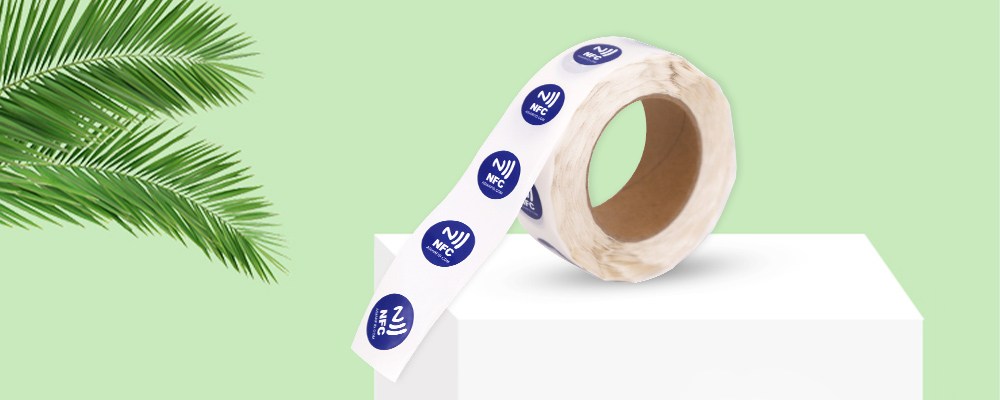
RFID stickers often consist of covering material, inlay, adhesive layer, and release paper. Due to they have an adhesive layer, it can easily and directly attach to the target object. More importantly, the RFID sticker is very cheap.
They have a wide application. For example, asset management, factory packing case tracking, garment management, etc.
2、Plastic RFID Tags
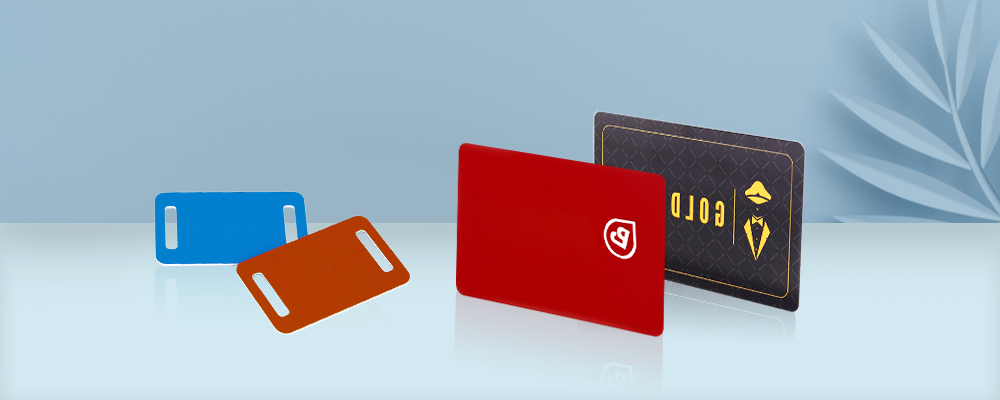
Plastic RFID tags adopt plastic substrate, such as PVC, ABS, PET, to encapsulate chip and antenna into different shapes tags. The most common one is the RFID PVC card. The color of plastic material can be diverse. Also, packaging materials generally can resist high temperatures.
Plastic RFID tags are widely used in access control cards, logistics, warehouses, membership cards, etc.
3、RFID Glass Tube Tags
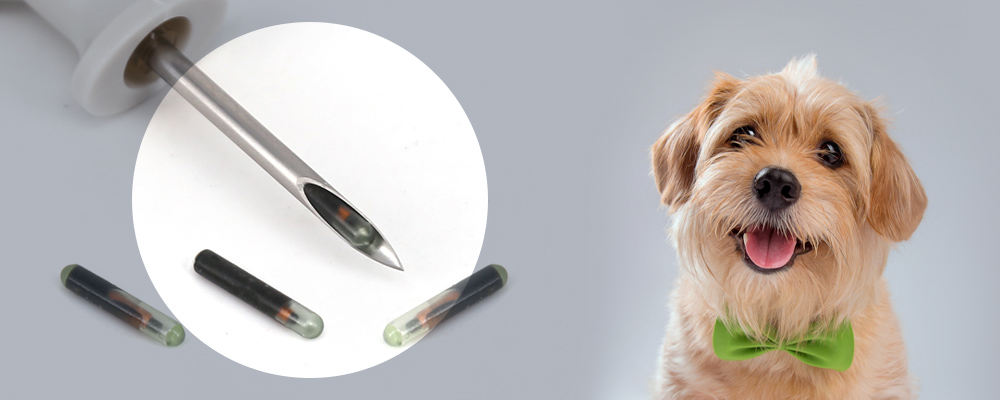
RFID glass tube tags encapsulate chips and antennas inside different shapes of glass containers. Glass RFID tags can be implanted into animals for animal identification and tracking as well as pet management. For example, precious fish, dogs, cats, etc. They can also be used for marking firearms helmets bottles molds jewelry or key chains.
4、RFID Ceramic Tags

Ceramic tag is encapsulated by ceramic material. It is flexible, fragile, and resistant to transfer. And it is one of the anti-metal tags that can work well on the metal surfaces. RFID ceramic tags are widely used in parking management, electron component management, etc.
5、RFID Wristbands
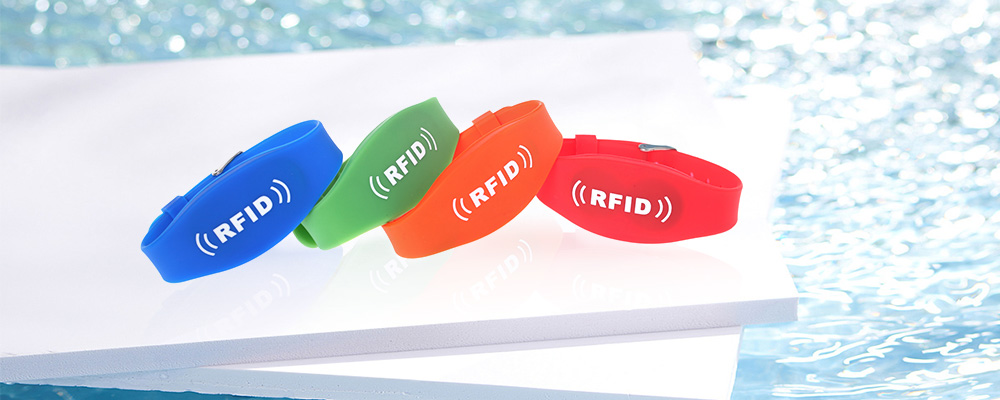
RFID wristbands are a popular packaging form of tags. It comes in many colors and styles. For example, silicone wristbands,paper wristbands, fabric wristbands, and so on. This form is very convenient and easy to wear. It is often used in festivals, concerts, gyms, exhibitions, swimming pools, gyms, etc.
6、RFID Epoxy Tags
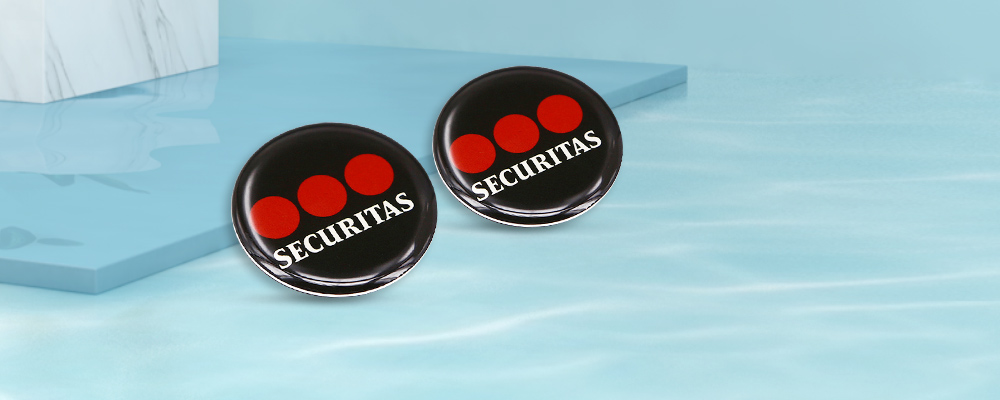
RFID Epoxy-tag is sealed with Eco-friendly and non-toxic epoxy material. It features small and exquisite, crystal clear, wear-resistant, and high temperatures. It is not only powerful but also can be a small ornament, hanging on the key chain or backpack. Epoxy tags are often used for access control, membership card, pet management, and so on.

